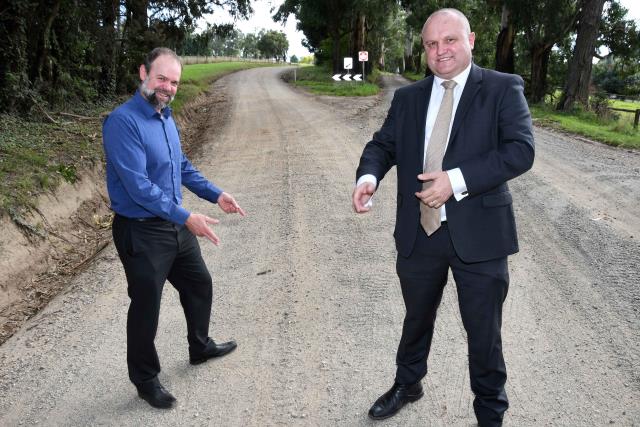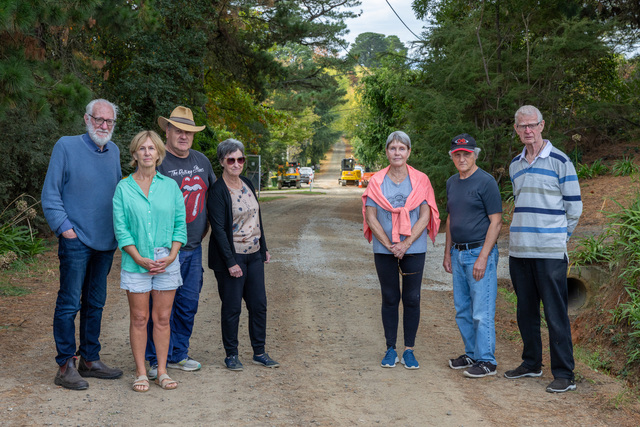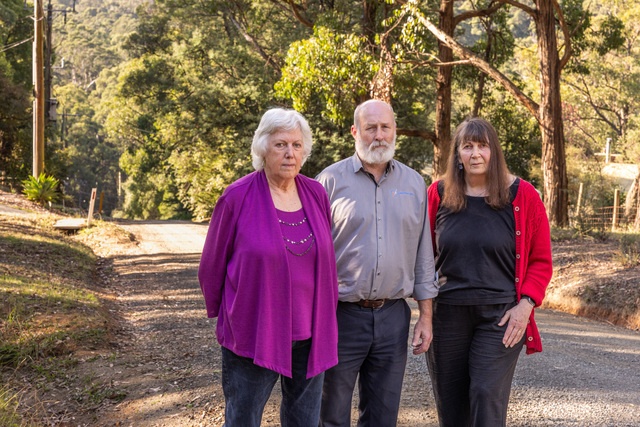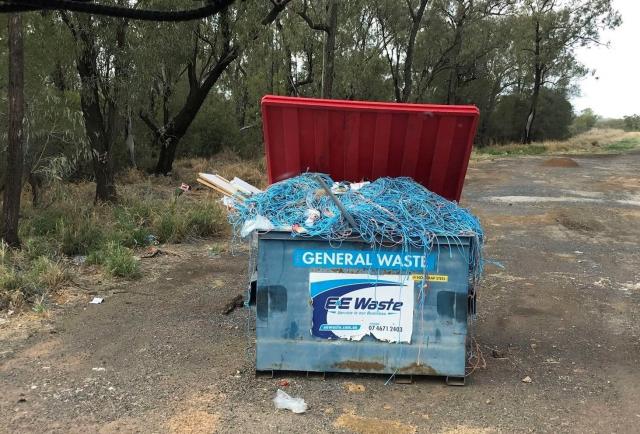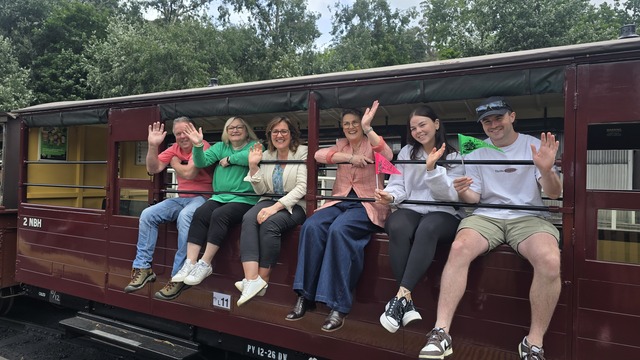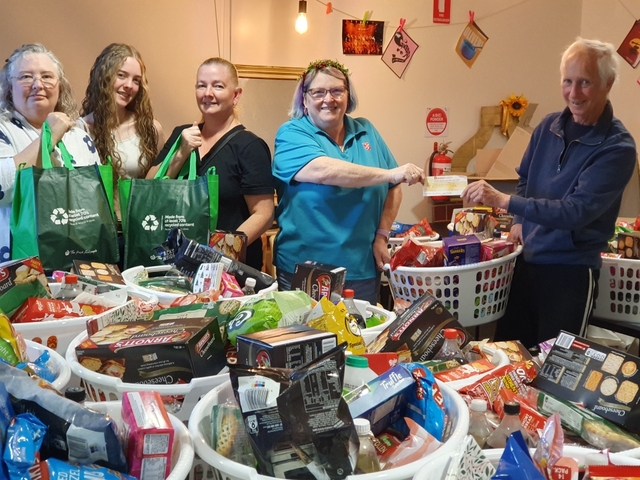PRECEDE
This past Easter weekend saw the Dandenong Ranges packed full with traffic. As a longtime tourist destination and an ever-growing area for people seeking a tree-change, you would believe local roads would be fit for the traffic, but residents say otherwise. In the third week of looking into the key local issues of this election, the Gazette reports on the Hills’ turbulent journey in securing roads fit for the 21st century and why funding it should be a bipartisan commitment.
BREAKOUT
“All the other people were just left out to dry, because there was no money, so there’s been some road envy about that, some extreme disappointment.”
In 2019, under the then Morrison Coalition Government, $300 million of funding was announced to help seal almost 300 kilometres of roads throughout the Yarra Ranges and Cardinia Shire Councils.
Over 160 different dirt roads were marked for sealing in a scheme that would draw funds from the council, residents and the federal government.
The program known as ‘Sealing the Hills’ was meant to run over eight years, and for approximately three of those first years, it ran as planned.
Then in 2022, the Labor Party achieved office under Prime Minister Albanese and to the shock of residents, the previously committed funding was cut in the mid-year budget.
An extended period of limbo commenced where it was not known if any funding could be saved.
In the end, just under $100 million was received of the total $300 million promised; $41 million went to Cardinia and $47 million to Yarra Ranges.
One of the key demands for Cardinia Shire Council in this election is for the next federal government to reinstate the $109 million that was withdrawn from the shire.
“Our communities in the Dandenong Ranges contend with a vast network of unsealed roads that present significant safety, maintenance and amenity issues,” Cardinia Mayor Jack Kowarzik said.
“Our community has been asking for safe, reliable roads in this part of the shire to ensure emergency services have access during times of emergency, such as bushfires and storms, and that residents can leave safely if they need to.”
Cardinia Shire is still commencing with road sealing projects using the secured $41 million.
Just under 40 have been sealed so far across the overall project, but beyond this federal funding, it means that residents and the councils would have to fork out all of the money for the 125 roads that are now unfunded.
“This equates to almost 100km of unsealed roads that are no longer funded for upgrades,” Mayor Kowarzik said.
“Both Emerald and Cockatoo have more than 50 roads each that have missed out, in addition to many more roads in other parts of the hills.
“Residents in these areas have put up with dust and potholes impacting their quality of life for long enough and want their roads to be sealed.”
Even though some surveys showed residents were willing to pay more, the council confirmed that a majority of the program had to be discontinued as it was beyond the budget capabilities.
It was claimed at the time that without federal funding, it could take 80 to 100 years to completely seal the 164 roads with just council and resident funding.
With locals feeling slighted, this issue has become one of the key local concerns in this election.
Eyes were firmly on the Coalition in recent months as it was originally their initiative and they criticised Labor heavily for the funding cut.
Labor’s candidate for La Trobe was announced at the start of the campaign, ex-mayor and Emerald resident Jeff Springfield, who represented the Ranges Ward for eight years.
Thus, the local candidates for the major parties have both previously supported Sealing the Hills and called for funding to be returned.
In 2022, Liberal incumbent for La Trobe Jason Wood said the Albanese Government must “hate the people of the Dandenong Ranges and the hills.”
At the same time, Springfield pleaded for the government to reverse the decision.
“I sincerely hope that the responsible federal authorities can understand the vital importance of this program and heed the calls of our community to continue to deliver this program,” he said as councillor.
“It would be devastating for our community if this program was no longer delivered as it was promised.”
Last Monday, the Coalition followed up on these sentiments by pledging to deliver a new $100 million road sealing program through both shires.
Cardinia will receive $54 million to seal roads in the areas of Upper Beaconsfield, Cockatoo, Emerald, Gembrook, Guys Hill, Mount Burnett, Nar Nar Goon North, Officer and Pakenham Upper
“Having roads that are accessible, easy and safe to drive is incredibly important,” Shadow Minister for Infrastructure, Bridget McKenzie said.
“When we talk to local residents, they’ve spoken about the damage the pot holes have done, how slowly they have to travel along them for safety reasons and just the amenity, the dust.”
Following the same funding scheme, this new program is effectively reinstating half the scope of the promised funding that was cut.
If the Coalition form government in May, this program will run until 2029 where most of the funding would be delivered over just the next term.
A spokesperson for the Labor Party referred to the commitment as “playing favourites” and that any adoption by Labor would be in collaboration with the State Government.
“We recognise that not just some, but all local governments across Australia deserve additional support to repair and maintain their local road networks,” the spokesperson said.
“Rather than playing favourites with councils in marginal seats, the Albanese Labor Government has doubled Roads to Recovery (RTR) funding for every Council across the country.
“That means that Councils across Victoria will receive $895 million in RTR funding for the 2024-2029 funding period.”
The spokesperson said $200 million annually would also be available to councils in the Safer Local Roads and Infrastructure Program.
The impact of dust
One of the first communities to actively campaign for road sealing was Cockatoo, specifically the Cockatoo 21st Century Roads Action Group (CRAG21).
Before the original Sealing the Hills program, they helped make the matter urgent by conducting community surveys which showed the overwhelming support for road sealing.
They highlighted the ongoing issues of dust suffocating residents, the pot holes damaging cars and the increasing level of traffic that was not fit for roads that were marked out decades or even a century ago.
When Sealing the Hills was cut, it felt like an affront against the town.
“All the other people were just left out to dry, because there was no money, so there’s been some road envy about that, some extreme disappointment,” CRAG21 Chairperson Janice Crittenden said.
Swaths of dust are an immediate issue, which is not only a matter of amenity but of health.
“It’s not just a bit of tar on the road. It’s much more holistic than that as far as quality of living,” Ms Crittenden said.
One resident in Emerald, George Trojan recently had a quadruple bypass because of cardiovascular problems.
He contacted the office of Minister for Infrastructure Catherine King to declare the level of dust a serious, ongoing health issue for himself and many residents.
“The problem is that in summertime, it’s constant,” Mr Trojan said.
“You don’t have to look at the cars passing, everything’s covered in dust.”
Small particles or ‘fine’ dust is capable of entering the lungs and is a risk for young children and older people as well as those with asthma and heart disease.
The council conducts dust suppressant works throughout the shire, with residents applying for their roads each year.
However, not all unsealed roads can receive suppressant works, including overly sandy or gravelly surfaces, ones with dense tree cover or those facing south with limited sunlight exposure.
Flooding in winter
It’s not just dust in the warmer months that residents have to deal with.
In winter, rain degrades the road and reveals potholes that have been filled countless times.
For some roads, it creates flooding akin to the monsoonal season of the tropics.
One such road is Ambrose Street in Emerald, which has seen inches of water appear in garages, and gutters erode to five feet of depth after multiple instances of heavy rainfall over the past year.
The street rises considerably up a hill and residents blame a recent development at the top for causing more flooding.
The development removed many cypress trees and paved a small section of the street.
“They haven’t correctly modelled, they’ve gone ahead with it and what you’ve ended up with is a surge of water on these properties,” local resident Dave Le Lievre said, pointing to his neighbouring houses.
“This property here and that property there, the water is just constantly flowing straight through.”
Ambrose Street was scheduled to be sealed in 2025 as part of the original Sealing the Hills, with resolving any drainage issues likely in mind.
“They granted a planning permit up here based on the idea of Sealing the Hills, and so this road would be sealed with all its drainage,” Mr Le Lievre said.
Instead, the council has now been forced to patch up the dirt road and its drainage problems with a future sealing project possibly occurring outside of federal funding.
A scheduled meeting last year between the Emerald Village Association and the council deviated from its original agenda after heavy rain saw Ambrose Street inundated once again.
The outcome of the meeting saw the council forced to begin the current works occurring today, according to local residents.
The runoff of the stormwater is believed to lead to Emerald Lake and there are concerns regarding pollution.
“With all the stuff that the federal government comes out with about the environment, all the silt running down the hill fills up the lake,” Mr Le Lievre said.
“So, you know, it’s a contradiction in terms of short-sightedness.”
In both summer and winter, the area has been at risk of extreme weather.
Severe storms have damaged Emerald and its surrounds over the last couple of years.
The Dandenong Ranges remain at high risk of bushfires where accessible roads can mean the difference for early evacuation.
Ambrose Street is one of many roads that were disrupted by the discontinuation of Sealing the Hills and it’s hoped that a renewed program will finally resolve the many issues, new and old, that plague the road.
Getting priorities right
Discontinuing Sealing the Hills means sealing is now sporadic throughout the towns.
The original program was planned out to seal zones of streets rather than individually.
Some residents have their entire local neighbourhood sealed and others still have none at all.
The Gembrook Community Group have initiated their own road action group in recent times to provide a comprehensive case to the state and federal governments.
With a potentially limited scope if renewed funding is secured, the road action group has redirected to prioritising key roads for sealing rather than zoning whole areas.
The group includes Derek Jones, a local with a consulting and asset management background. With his help, they have presented a report that lists not only the severity of traffic on these unsealed roads but also the estimated cost to have them sealed.
The report orders each street in terms of priority with the top being the most important in such matters as safety, network connectivity and the level of occupants.
If funding were to be approved, the most important roads would get done first, rather than a slow crawl across areas like Sealing the Hills.
“Yes, we elect to live in a peri-urban environment but we just want to be able to access it without our cars and houses being damaged,” Mr Jones said.
It appears the council is assuming the same direction, they have asked community groups to provide lists of the most high priority roads for sealing.
Some roads are more notorious than others with many residents believing traffic levels are far higher than recorded and that many accidents go unreported.
CRAG21 marked Hillside Road off of Pakenham Road as one of the top for sealing in their submission.
In Gembrook, Ure Road has been marked as a high priority as its residential traffic continues to grow.
“There’s the analysis, but when you get the report, you’ll see everything’s itemised, there’s the name of the roads, the different factors that we looked at, they have points scored and at the end you come out with a tally,” Mr Jones explained.
Approximately $1 million is required to seal one kilometre of road.
For these unsealed roads, the council has to spend a significant amount of money on constant road grading, dust suppression, drainage and other general maintenance work.
If you consider the expense over time to maintain these unsealed roads, the council, and therefore the ratepayer, have spent money that could rival or possibly overshadow the funds needed to seal them.
“Our unsealed road network requires Council to commit millions of dollars in ongoing maintenance costs every year. As traffic and adverse weather events increase, so too does the financial burden of grading and maintaining these unsealed roads,” Mayor Kowarzik said.
“Maintenance of our unsealed road network is a significant cost to Council each year, diverting funds away from other much-needed services and projects across the shire. Reinstating funding to seal the extensive road network in the hills will dramatically reduce ongoing maintenance costs for Council, allowing us to invest in other essential services and projects, including addressing our unsealed road network in the southern part of the shire.”
Cardinia Shire has 831 kilometres of unsealed roads, almost the same distance to travel from Melbourne to Sydney by road.
Mayor Kowarzik said the council welcomed the recent commitment by the Coalition and that they will continue to seek commitments from the next federal government.

